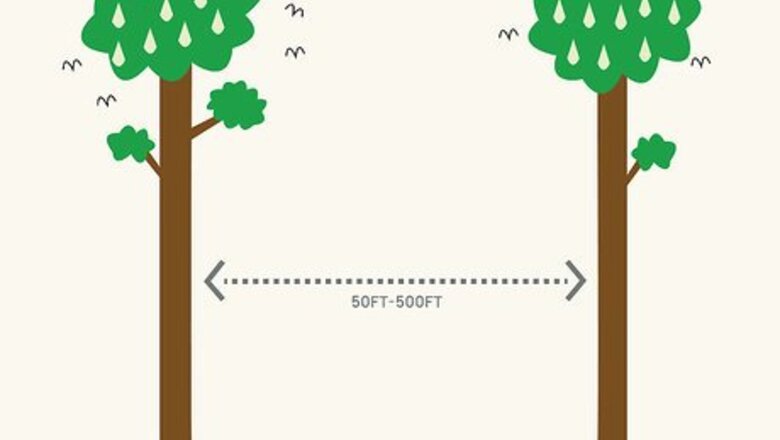
views
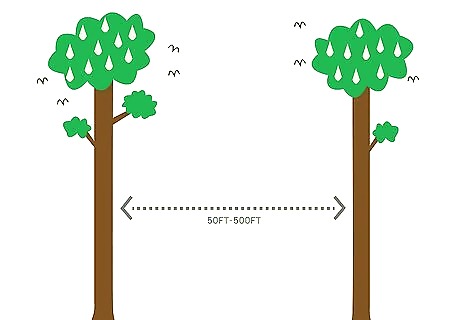
Select a distance between two solid objects, Preferably the objects should be trees or other solid structures. The distance should be anywhere from 50 feet (15.2 m) to 500 feet (152.4 m).
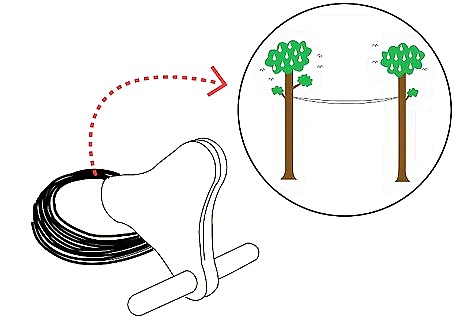
Lay the cable out between the two points. You will need enough cable so there is suitable slack when it's stretched out between the two points. This slack should form a belly in the cable between the points. You never want to stretch the cable too tight. This creates a dangerous situation of speed and crashing at the other end, and your last words will be, "Hey, watch this!" before you're taken to the hospital.
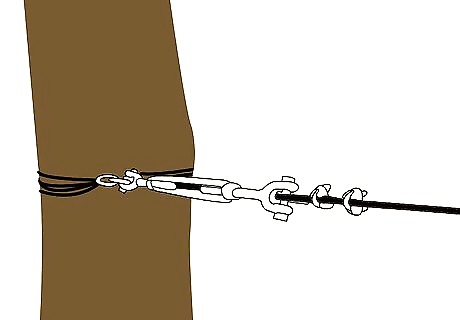
Attach cable to one point. If you are attaching to a tree, wrap the cable around the tree a few times and then clamp the free end to the leading end. Use high quality clamps that are sized for the cable diameter. These clamps will require you to tighten with a socket set. Two clamps six inches apart are good. Three or four clamps add the necessary safety. The other end of the cable is where you will tighten it up and raise it off the ground.
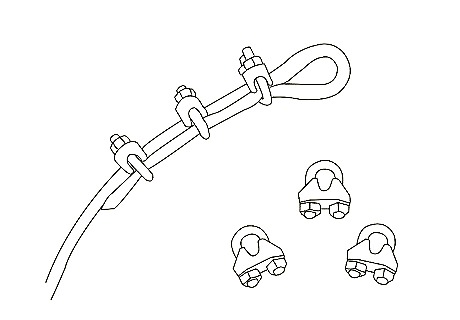
Attach a temporary cable clamp about 20 feet (6.1 m) from the end of the cable. Attach the winch to this clamp and to a point on the tree. Winch the cable up. Once it's winched up, the free end of the cable can be wrapped around the tree and then clamped on its leading end to hold it in place. Try to have the clamps about 8-feet from the tree. At this point the winch can be taken off the first clamp and then reinstalled on the furthest out permanent cable clamp. This allows for adjustments to be made on the cable. As the cable stretches, it will need to be tightened with the winch.
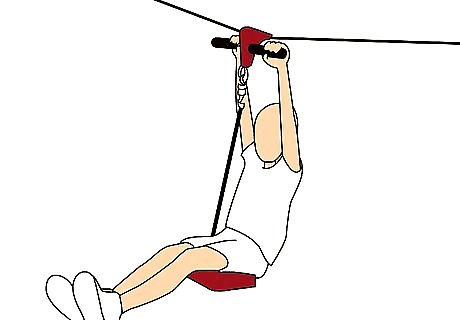
Determine who goes first. This is a nerve-wracking decision. Testing the zip line is important.
















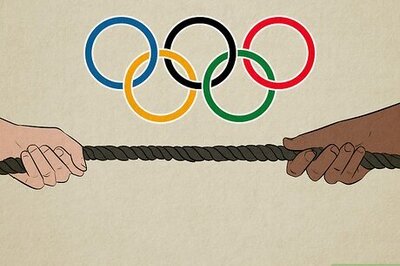
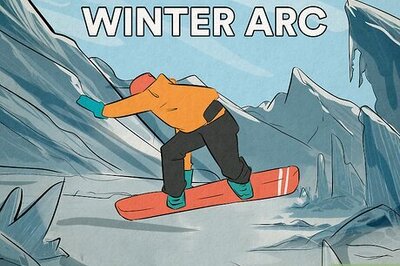


Comments
0 comment